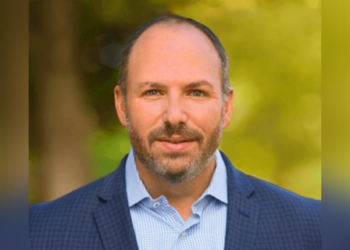In Colorado, where I live, the local news has been peppered with stories about the aftermath of the Marshall Fire, a fast-moving December blaze that destroyed about 1,100 Boulder-area homes and businesses in a matter of hours.
In one such article, pianist Stella Pradeau describes leaving her Louisville, Colo., home for a lunch and shopping date and returning to find the property and its contents rendered to ashes. A $35,000 Steinway piano was one of several instruments the musician lost that day, and her insurance coverage won’t likely be enough to cover the loss.
The pianist’s dilemma should be familiar to anyone who works with disaster victims: The shock of loss is quickly compounded by the realization that they are underinsured. One 2018 report conducted in California concluded that 80% of homeowners lack sufficient insurance coverage for their home, and 60% are severely underinsured.
It’s all too easy to chastise insureds for a failure to read the fine print in their insurance policies. But unless the homeowner is an insurance pro (or perhaps an attorney), this just isn’t something that’s done during a property sale. More often, securing homeowner’s insurance is simply viewed as one of the boxes that needs to be checked before a closing.
An insurance agent can create tremendous value by reaching out to new homeowners and offering to sit down and explain their insurance as well as what to expect in the event of a loss.
Wildfire experts also suggest that homeowners conduct a room-by-room inventory that includes pictures and video. What may seem like a tedious task is made manageable these days by a number of apps such as Sortly, Encircle, Nest Egg and others that enable users to classify and categorize their belongs.
A recent blog post from Hippo suggests homeowners evaluate the features of available home inventory apps to determine which one might be right for them. Such digital tools might include an in-app calculator, the ability to create and print labels, upload media, scan barcodes and store all of this data in the Cloud. In addition to helping insureds determine the exact value of their possessions, doing a home inventory will simplify the process should they ever need to file a claim.
Homeowners also may not realize that they have the power to extend the limits of their current coverage or purchase additional insurance to help protect unusual or extremely expensive belongings such as fine art, jewelry — or a Steinway piano.
Here’s another tip that may not have occurred to many homeowners until it’s too late: Keeping an offsite safe deposit box for important documents such as birth certificates, social security cards, passports and spare keys could prevent the pain and hassle of attempting to replace these valuables should their home be destroyed.
And one more thing: Homeowners are unlikely to accurately determine the cost of rebuilding their home after a disaster or account for the funds needed to survive during the rebuilding process. While there are many resources available to help insureds navigate these issues, none of them are likely to be as valued as a trusted insurance advisor with whom they’ve built a longtime relationship.
As winter begins to fade and wildfire and hurricane season ramp up, ask yourself: What can you do to better counsel clients so they feel secure and prepared in the event of an emergency? As the old saying goes, an ounce of prevention is worth a pound of a cure.









